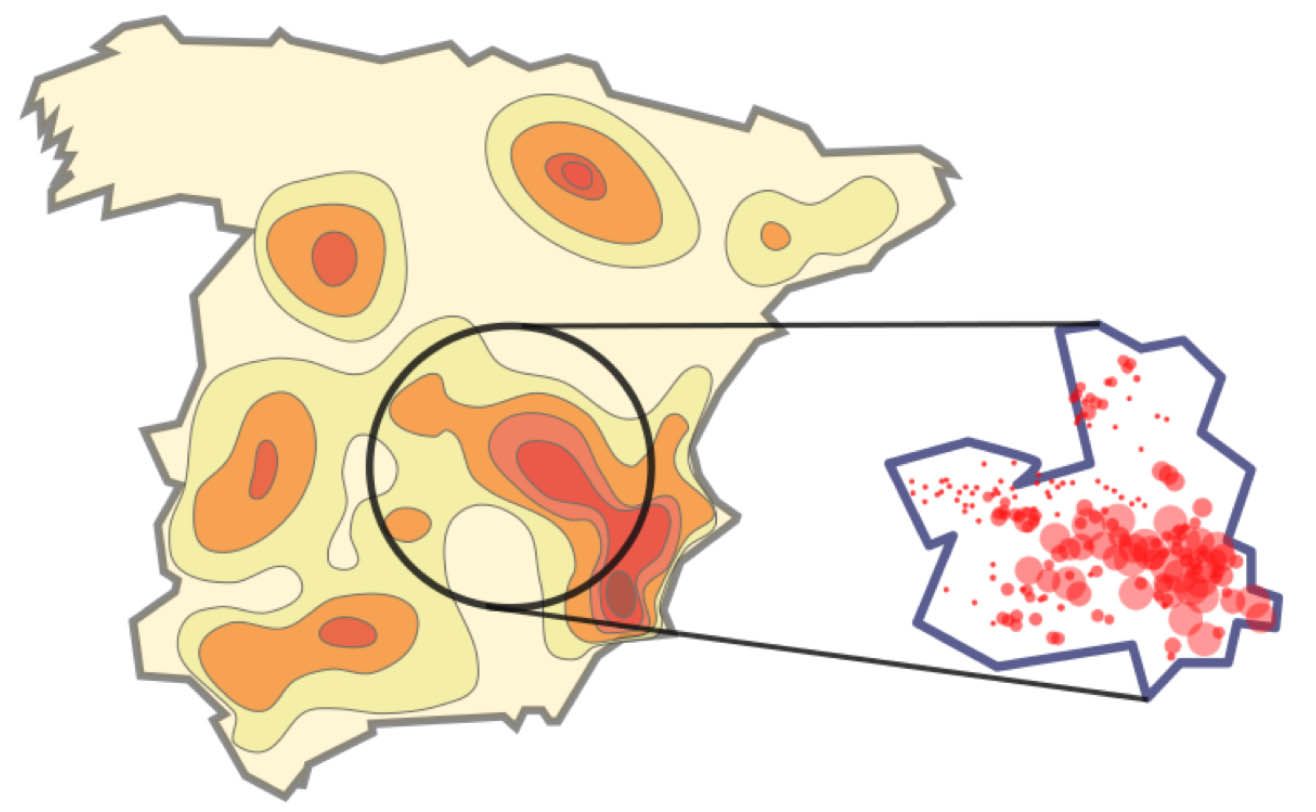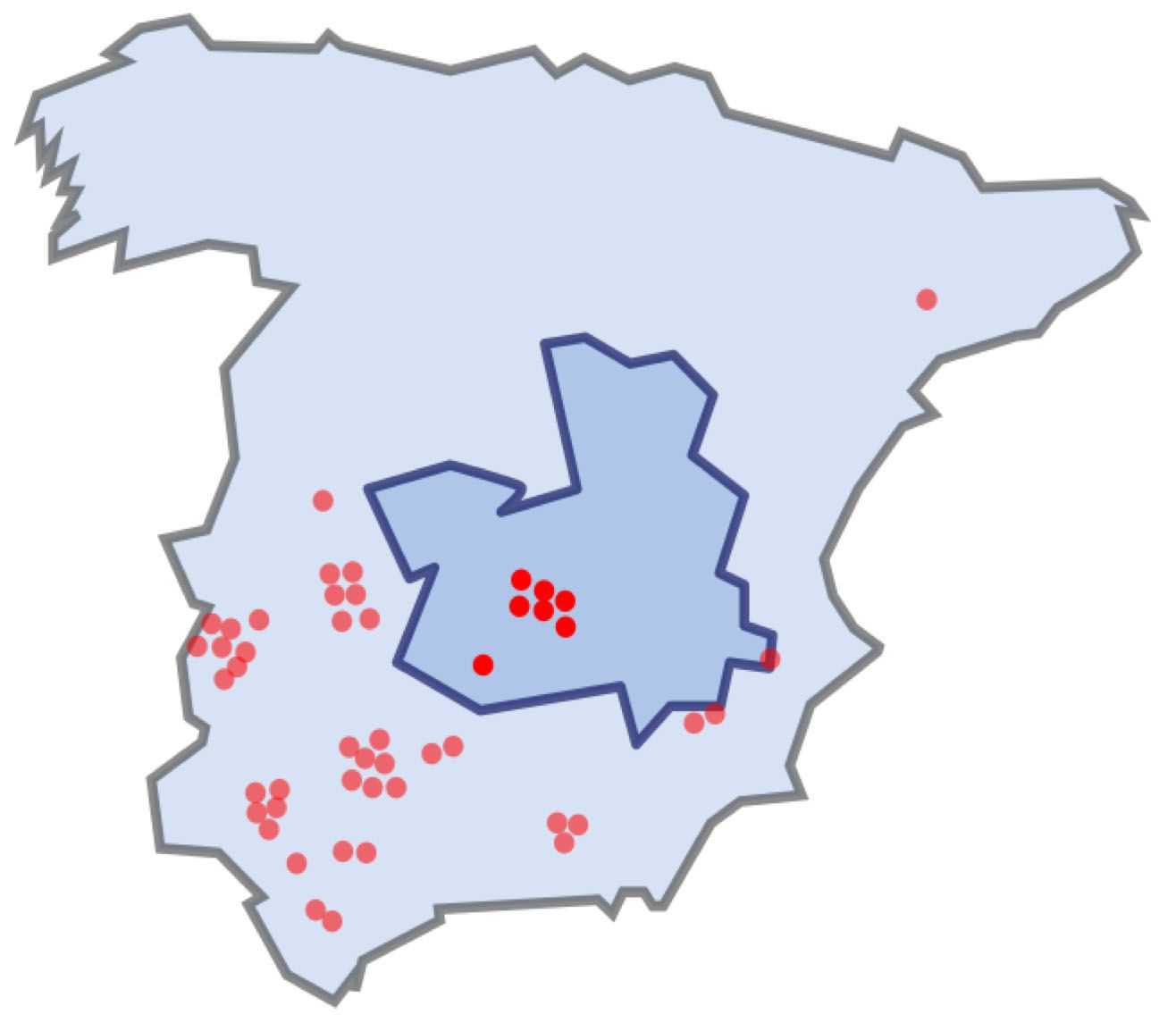Castilla-La Mancha has its own characteristics that make the region a reference point in this sector. Among the many initiatives, benefits and projects, the following stand out:
-its abundant and high quality agricultural production, which serves as raw material for the bio-based industry. The institutional support for R&D&i, thanks to which the region has many public and private research centers, including the Castilla-La Mancha Science and Technology Park, the Regional Institute for Research and Development of Agriculture and Forestry (IRIAF), the Institute for Concentrating Photovoltaic Systems (ISFOC) or the National Center for Hydrogen and Fuel Cells (CNH2).
There are also many public-private collaborations and R&D initiatives at the national forefront, such as the CLAMBER project (Castilla-La Mancha Bio-Economy Region). This project was led and developed by the Regional Institute for Research and Development in Agriculture and Forestry (IRIAF) of Castilla-La Mancha and has the following objectives:
Construction of a technologically advanced biorefinery at demonstration scale to explore the production of innovative value-added bioproducts and biofuels from biomass.
Create a technological pole in the region to activate synergies with companies that both produce biomass and are users of bioproducts, and to promote the creation and exploitation of new market niches.
Revitalize the local economy and reverse the negative demographic trend characteristic of rural areas.
Creation of an efficient system of public-private cooperation focused on scientific-technological progress and a driving force for initiatives with European and international scope.







